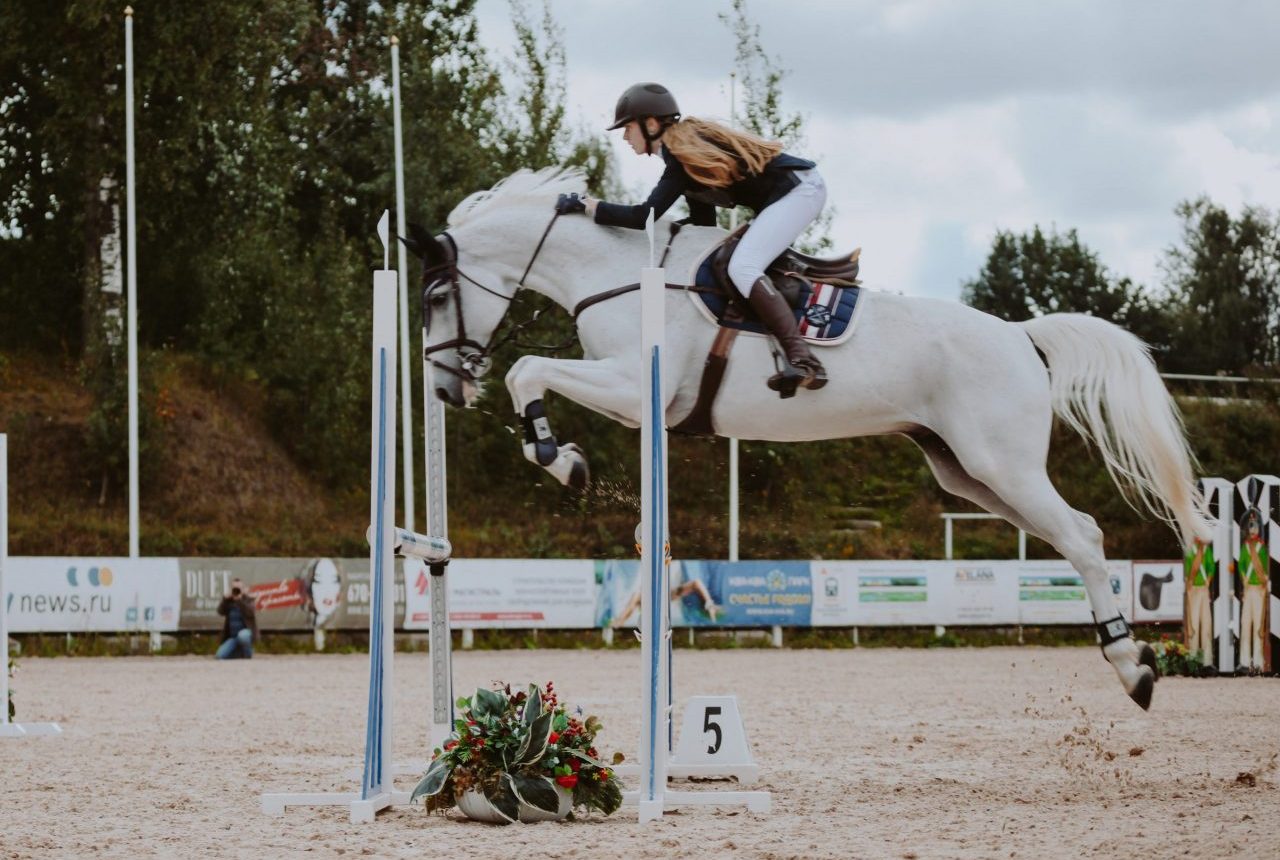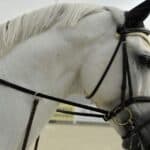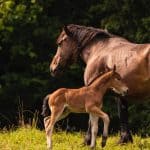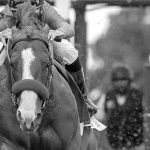This article is part 2 of 2, of Adaptive Development EQ’s Fundamentals Series, Fundamentals: On The Leg. Here’s the first part if you missed it: Fundamentals: On The Leg (Part 1 of 2).
BUILDING STRENGTH
If you have a very good leg but still struggle to be quiet and supportive, it is likely that you are simply not yet strong enough. We see this most often in riders who have had some years away from the saddle, infrequent riders, young riders, and beginner to intermediate riders who have not yet had enough repetitions and hours in the saddle to have gained proficiency in this aspect. Inevitably, the riders with the quietest legs will be the ones that are riding multiple horses a day (it takes work to keep that leg strength up!)
A weak leg is also one that is likely using the stirrup iron as a crutch. A good test to see how conditioned your leg muscles are for riding, and insight into how much you over-rely on your stirrups is to remove your stirrups during a ride. Tired after four strides of posting trot? It’s time to start conditioning those leg muscles!
When you can go through all the gaits (including posting trot, and I do mean getting your bottom off the back of the horse) without your stirrups, then congratulate yourself on a job well done! Your leg is guaranteed to be quieter than when you started.
If you are struggling, to get out of the saddle during posting trot, try lifting your knees slightly higher (but don’t fall back with your upper body) so that your contact point with the sides of the horse shift to the area slightly below the knee and more onto the calf. Squeezing at the point of the knee alone makes it act as a fulcrum (think of a seesaw), so by giving yourself a greater surface area that is in contact with the horse, you are accessing more muscles in the leg with which to help you stabilize your body and lift.
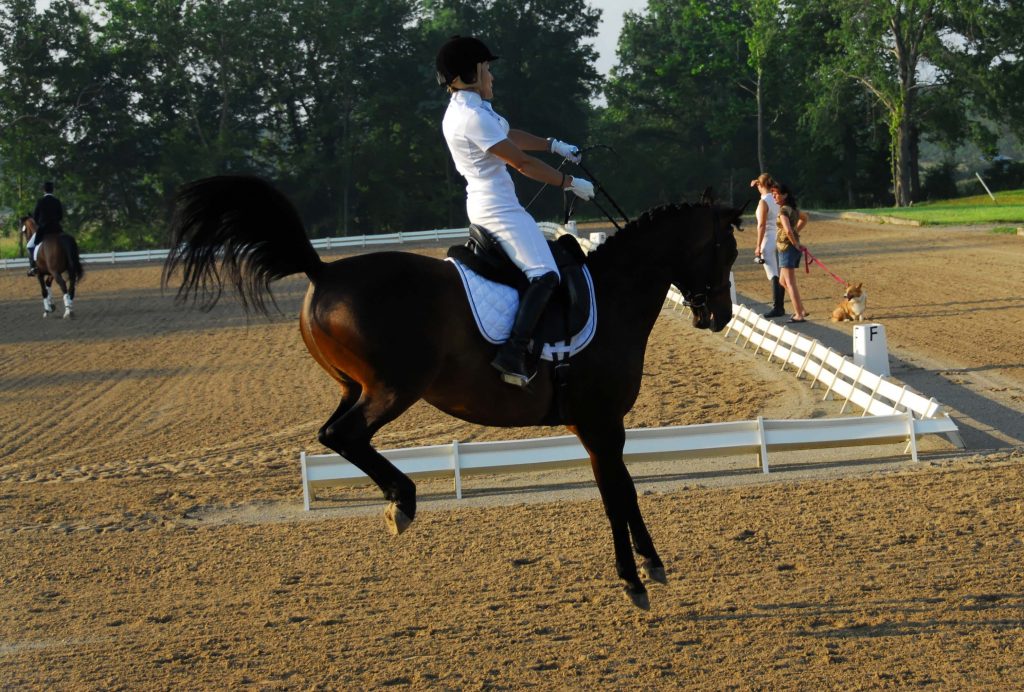
Traditionally, we practice these skills while on the longe so that all of your attention may be focused on your position alone. If you are not yet able to ride without stirrups, challenge yourself to achieve it, and practice as often as possible. Here, we see that the strength we are developing is not a brute strength but a subtle one – one that makes us more agile in the saddle, allows us to give aids independent of one another, and allows us to retain a correct center of balance with the horse at all times. New riders admitted to the Spanish Riding School of Vienna (regardless of their prior experience) are required to ride without stirrups for the entirety of their first year there (I don’t know if they still do this, but what a grand, somewhat terrifying idea!) To perfect your balance and strength, and therefore your confidence and courage, I know of no faster or more effective practice than this.
CONCLUSION
Find a trainer that is able to be meticulous with your biomechanics and help you to go through exercises that develop your core strength, for this is the foundation from which ease and unity occurs while astride. Said more plainly: If you cannot fine-tune the movement of your own body, you cannot expect your horse to be able to give you fine-tuned results. After all, he takes his queues from you!
If you do not have access to a trainer that can help you understand the underlying mechanical function of the leg and the importance of its development, ask a supportive friend who can take photos and videos of you riding and analyze yourself compared to photos and videos of our most successful competitors. Where is your ankle/hip alignment? Where is your toe/knee alignment? Can you identify the vertical line of your center of gravity compared to your benchmarks?
In closing, let us recap that as the rider and horse advance in skill, the leg gives more types of aids and more subtle aids, which is why so much time is spent on making the leg quiet and strong. It is the leg that helps affect the action of the gullet and haunches, it is what keeps us in the saddle over very large jumps, and it is the leg that is used to both correct lateral motion as well as request lateral motion. They are used to indicate forward motion in transitions and within a specific gait, and in downward transitions through its action on the stirrup bar.
In an unconfident horse, a “hugging” leg can lend him courage and support, while in a damaged or high strung horse, a lighter leg can be a calming and soothing relief. In lazy horses, a lighter leg promotes purity in the gait and increases self-impulsion, and in vigorous horses, a firmer leg lends him balance and has a condensing effect.
So riders, bless thine legs and the multitude of ways in which they allow us to speak more intimately with our horses. As we strive to be meticulous in our practice, let our work on the leg be among our top priorities, and consider it among the fundamental aids from which many other qualities are born. Take the time to develop yours correctly, make them sensitive, versatile, strong and quiet, and practice until their correct activity becomes second nature. With this in your tool box, you are well on your way!
To read Part 1 of our fundamentals series, On The Leg, see our post: Fundamentals: On The Leg (Part 1 of 2)
Additional articles in the Fundamentals series include:
- Fundamentals: On the Leg (Part 1 of 2)
- Fundamentals: On the Leg (Part 2 of 2)
- Fundamentals: On the Seat (Part 1 of 2)
- Fundamentals: On The Seat (Part 2 of 2)

Euki is the founder of Adaptive Development EQ. She loves inspiring riders and owners through the developmental process of holistic, whole-horse training, and is on a mission to help them rediscover their horses and fall in love with them all over again.

